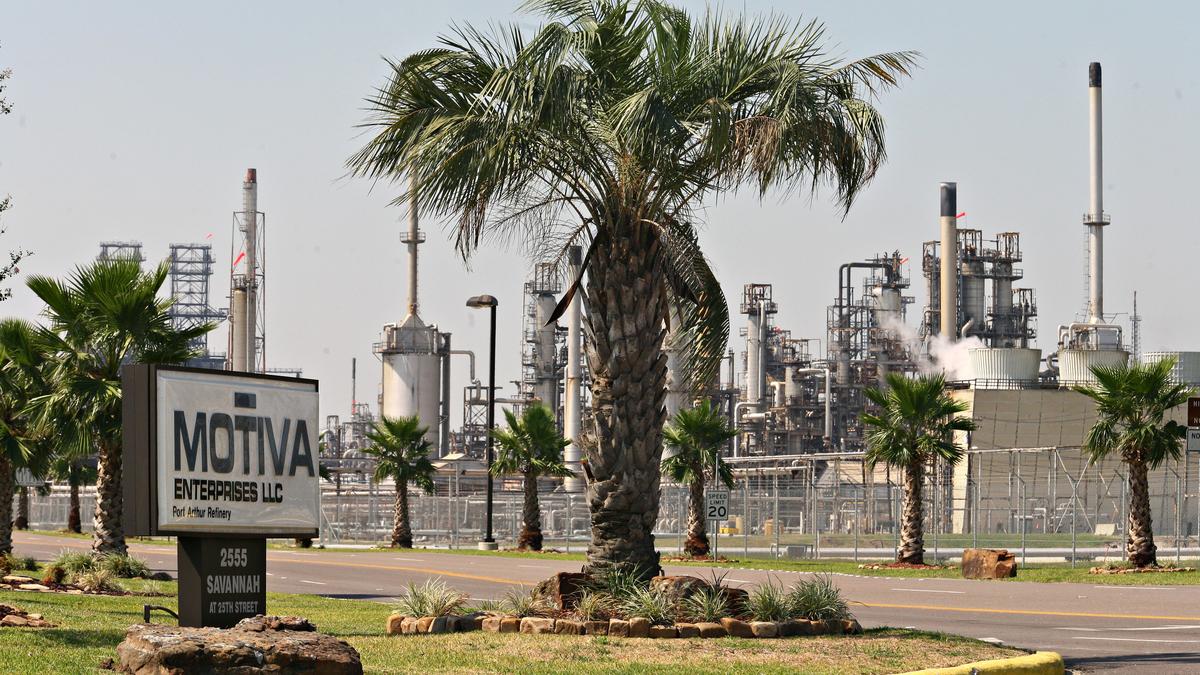
Russian banks are among the targets of Western sanctions in response to the invasion of Ukraine, but a financial institution in the middle of Europe is also part of the problem. According to recent press reports, Switzerland’s Credit Suisse is calling for the destruction of certain documents that could involve Russian oligarchs—a move that could impede efforts to locate and perhaps seize their assets.
The Financial Times is reporting that the bank is asking hedge funds and other investors to “destroy and permanently erase” documents relating to securitized loans backed by “jets, yachts, real estate and/or financial assets.” Credit Suisse had created these financial instruments to offload risks associated with its lending to the ultra-rich. When the Financial Times previously reported on these instruments, it described a presentation to potential investors mentioning that the bank had experienced defaults on yacht and aircraft loans to oligarchs related to U.S. sanctions.
It appears that Credit Suisse is concerned that the documents relating to the loans could be leaked. The bank has good reason to worry about unauthorized disclosures. It was recently the subject of a massive release of internal documents, dubbed Suisse Secrets, revealing its extensive dealings with individuals said to be involved in drug trafficking, money laundering and other corrupt practices.
Credit Suisse has a long history of ethically questionable behavior, extending back at least to the Second World War, during which it and other major Swiss banks allegedly profited by receiving deposits of funds that had been looted by the Nazis. In 1998 the banks agreed to pay a total of $1.25 billion in restitution.
After merging with investment bank First Boston in the 1970s, Credit Suisse became a significant player in U.S. financial markets and got into frequent trouble with regulators. Over the past two decades, it is racked up more than $10 billion in fines and settlements, as shown in Violation Tracker. This rap sheet includes a $5 billion settlement in 2017 concerning the sale of toxic securities and a $1.8 billion criminal penalty in 2014 for helping U.S. taxpayers file false returns.
Credit Suisse has also had previous problems relating to sanctions. In 2009 it had to pay $536 million to the U.S. Justice Department and the New York County District Attorney’s Office to settle allegations that it violated the International Emergency Economic Powers Act by engaging in prohibited transactions with Iran, Sudan and other countries sanctioned in programs administered by the Department of the Treasury’s Office of Foreign Assets Control.
The bank has also been implicated in bribery cases, paying $99 million last year to the Securities and Exchange Commission for fraudulently misleading investors and violating the Foreign Corrupt Practices Act in a scheme involving two bond offerings and a syndicated loan that raised funds on behalf of state-owned entities in Mozambique. The bank was also penalized nearly £300 million by the UK’s Financial Conduct Authority for the Mozambique matter.
Returning to the current situation, Credit Suisse is insisting that it has not been destroying any documents in its own possession while not denying it asked investors to do so. The bank may not have broken any laws in making this request, but it is a highly questionable action amid the current situation. Unfortunately, it is very much in keeping with Credit Suisse’s extensive track record of going out of it way to protect the disreputable clients with whom it likes to do business.






/cloudfront-us-east-2.images.arcpublishing.com/reuters/ACF5MTUS35JEVGWGBQ2BN4RKGQ.jpg)

